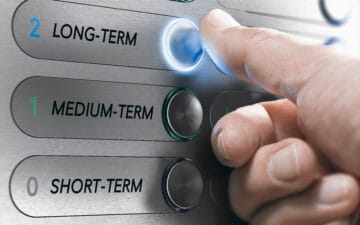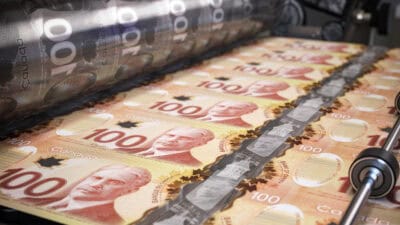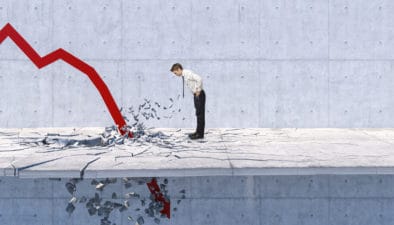Because the registered retirement savings plan (RRSP) is a vehicle for us to save for retirement, I want my hard-earned money to grow safely there. But I don’t want it to be so safe that it only grows 1% a year from earning interest.
Instead, I hold high-quality stocks such as Canadian REIT (TSX:REF.UN), Boardwalk REIT (TSX:BEI.UN), The Coca-Cola Co (NYSE:KO), and Kinder Morgan Inc (NYSE:KMI) my RRSP. They offer higher yields and growth potential compared to interest-earning vehicles. Holding them for decades will make a huge difference.
When building our investment portfolio, we sometimes forget about important issues such as withdrawals. Here are some things that you may not know, but should.
Withdrawal before retirement
If you withdraw from an RRSP before retirement, your financial institution will immediately withhold 10% for amounts up to $5,000, 20% for withdrawals between $5,000 and $15,000, and 30% for amounts over $15,000. The withheld amount will be paid to the government directly.
For example, if you take out $25,000 from a RRSP for an emergency, you’ll only receive $17,500 after the $7,500 deduction. At tax-reporting time, you might end up paying more taxes depending on your tax bracket and situation.
There are two situations in which withdrawing from an RRSP makes more sense. When you buy your first home you can take out $25,000 for the down payment, but you won’t pay any tax on that if you pay it back over 15 years. So every year, you’ll need to contribute at least $1,666.67.
Likewise, you can withdraw $10,000 per year up to $20,000 in a lifetime from your RRSP for education or training under the government’s Lifelong Learning Plan. For this, you have to pay it back over 10 years to avoid paying any taxes.
Withdrawal after retirement
To withdraw set amounts after retirement, you can open a registered retirement income fund (RRIF) account by transferring money from an RRSP. For example, you might retire at 67 and would like to access set amounts every month. Then you can transfer a portion of your RRSP to your newly opened RRIF.
The minimum amount you must take out from your RRIF each year if you’re under 70 is calculated by 1/(90 – age), which would be 4.35% in this example. The minimum amount increases as you get older.
By the end of the year, in which you turn 71, you are required to change your RRSP to an RRIF, and once an RRIF is set up, you cannot contribute to it anymore. Any withdrawals from a RRIF are fully taxed.
In conclusion
It’s best not to withdraw from an RRSP because you’ll be taxed heavily, since the ultimate goal is to save for your retirement. But if you really have to tap into your retirement savings, you can do so for the down payment of your first home or for education or training.
Holding quality stocks in an RRSP will allow your money to compound over time for sizable gains. The best part is, you won’t need to sell any assets when you withdraw because you can withdraw the income generated by your investments. You just need to make sure that the portfolio yield is higher than your minimum withdrawal requirement, or that there’s a cash buffer for some leeway.








